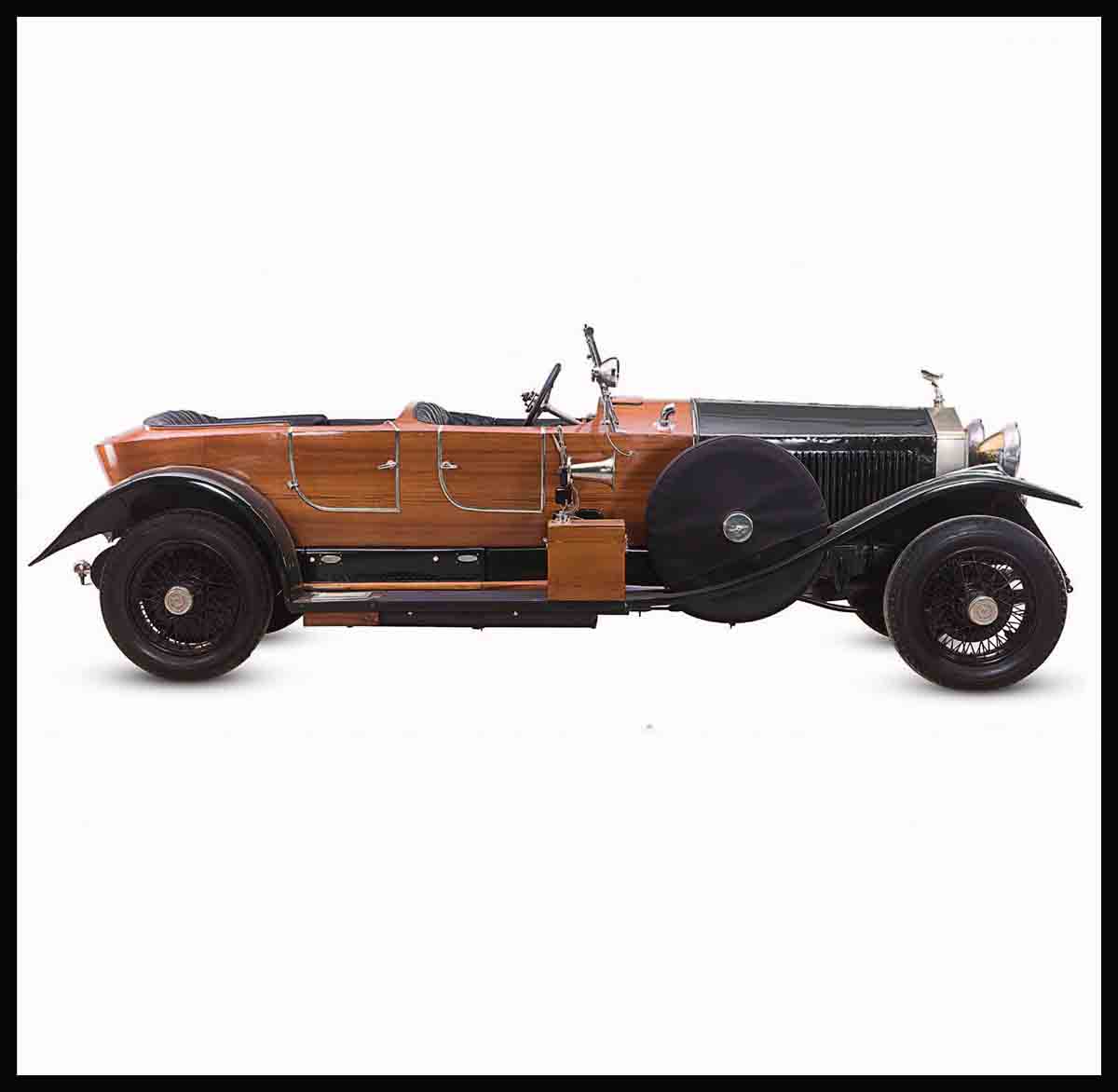
Luxury and Prestige
Despite the recession that hit much of the world in the aftermath of World War I, there were still plenty of wealthy customers in the 1920s looking for the latest and most opulent carriages to transport them across Europe or the United States. Expensive cars were built as chassis complete with running gear, and were clad in the finest examples of the traditional coachbuilders’ art.
Hispano-Suiza H6, 1919
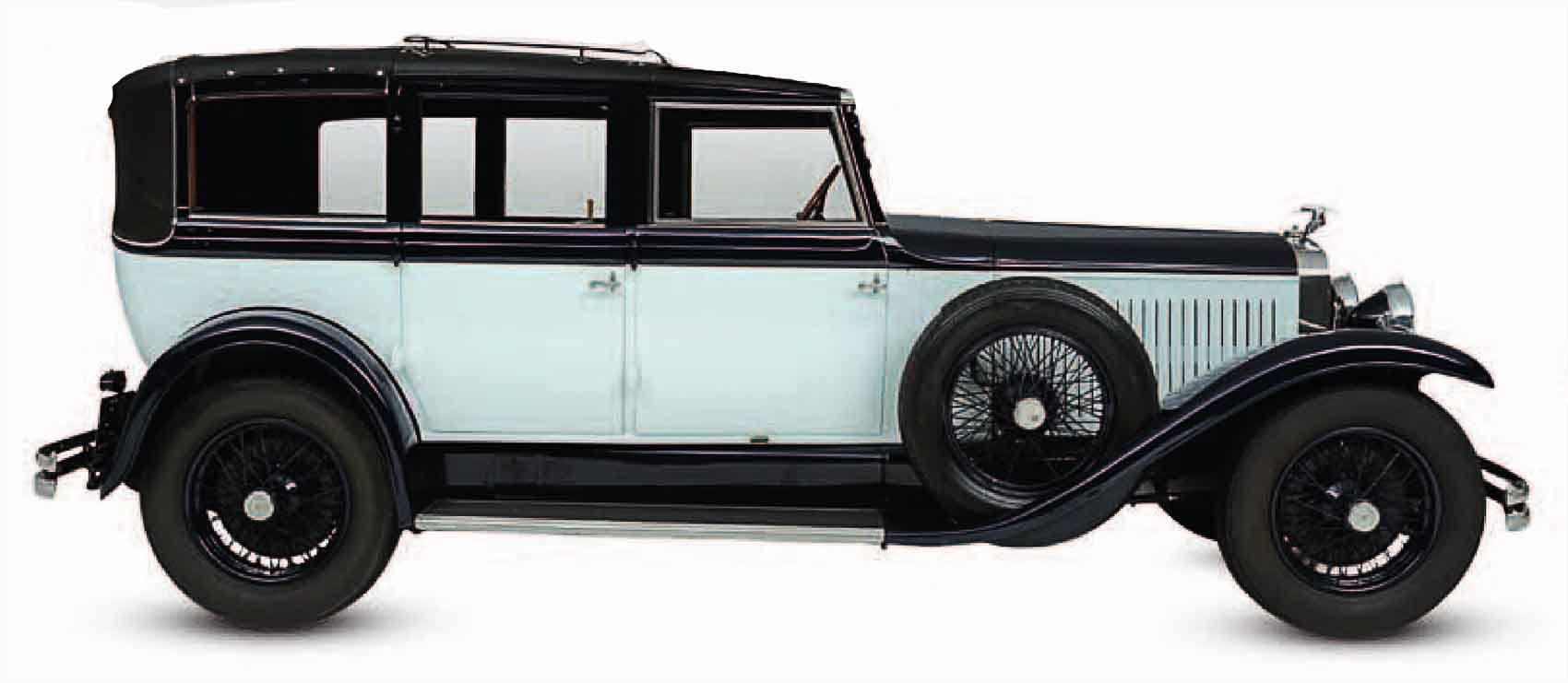
| Origin | France |
| Engine | 6,597 cc, straight-six |
| Top speed | 85 mph (137 km/h) |
Hispano-Suiza, a Spanish company based in France, made some of the finest cars of the 1920s. Designed by Swiss engineer Marc Birkigt, they featured the first servo brakes.
Spyker C4 All-weather Coupe, 1921
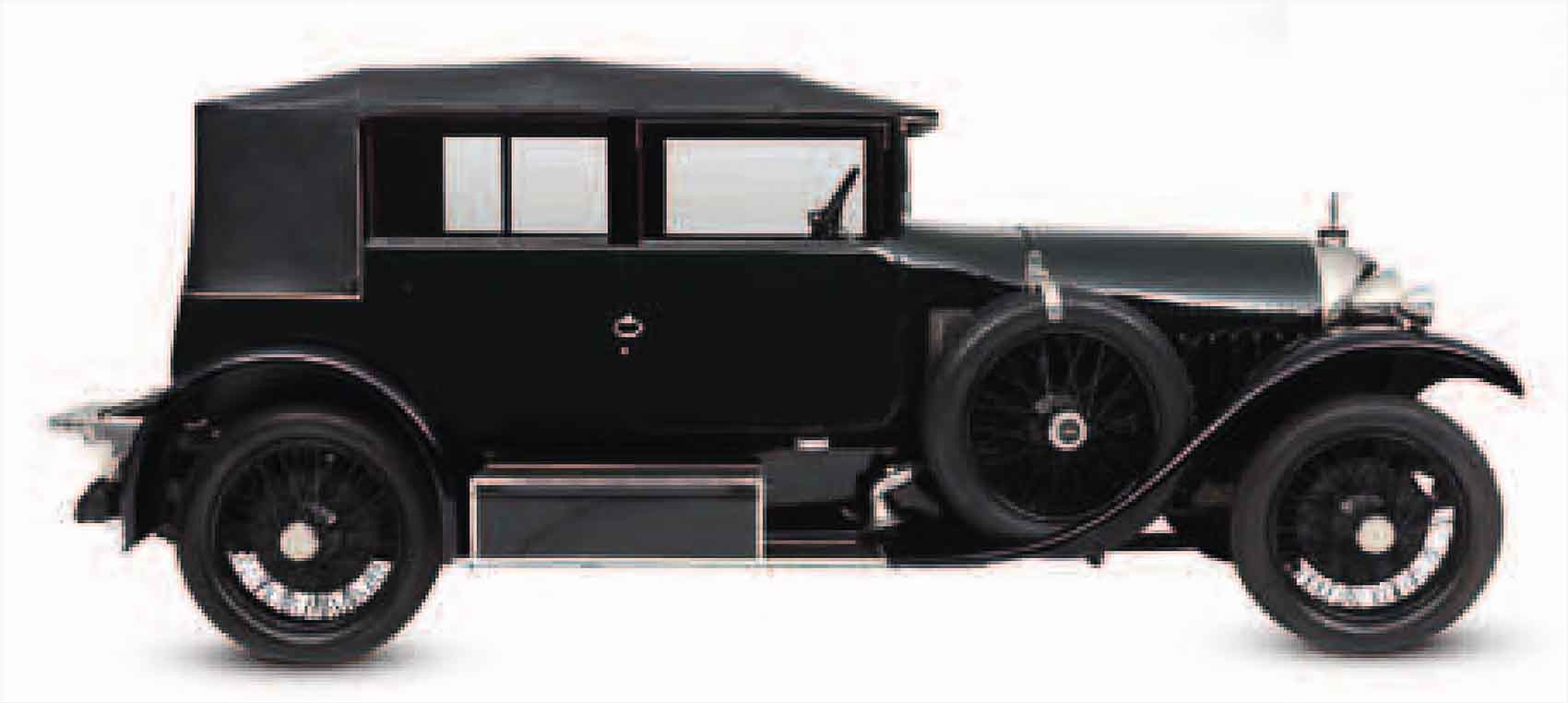
| Origin | Netherlands |
| Engine | 5,741 cc, straight-six |
| Top speed | 80 mph (129 km/h) |
Despite royal patronage and engines shared with Zeppelins, the expensive Spykers sold in very small numbers. The company stopped building cars in 1925.
Pierce-Arrow 38HP Model 51, 1919
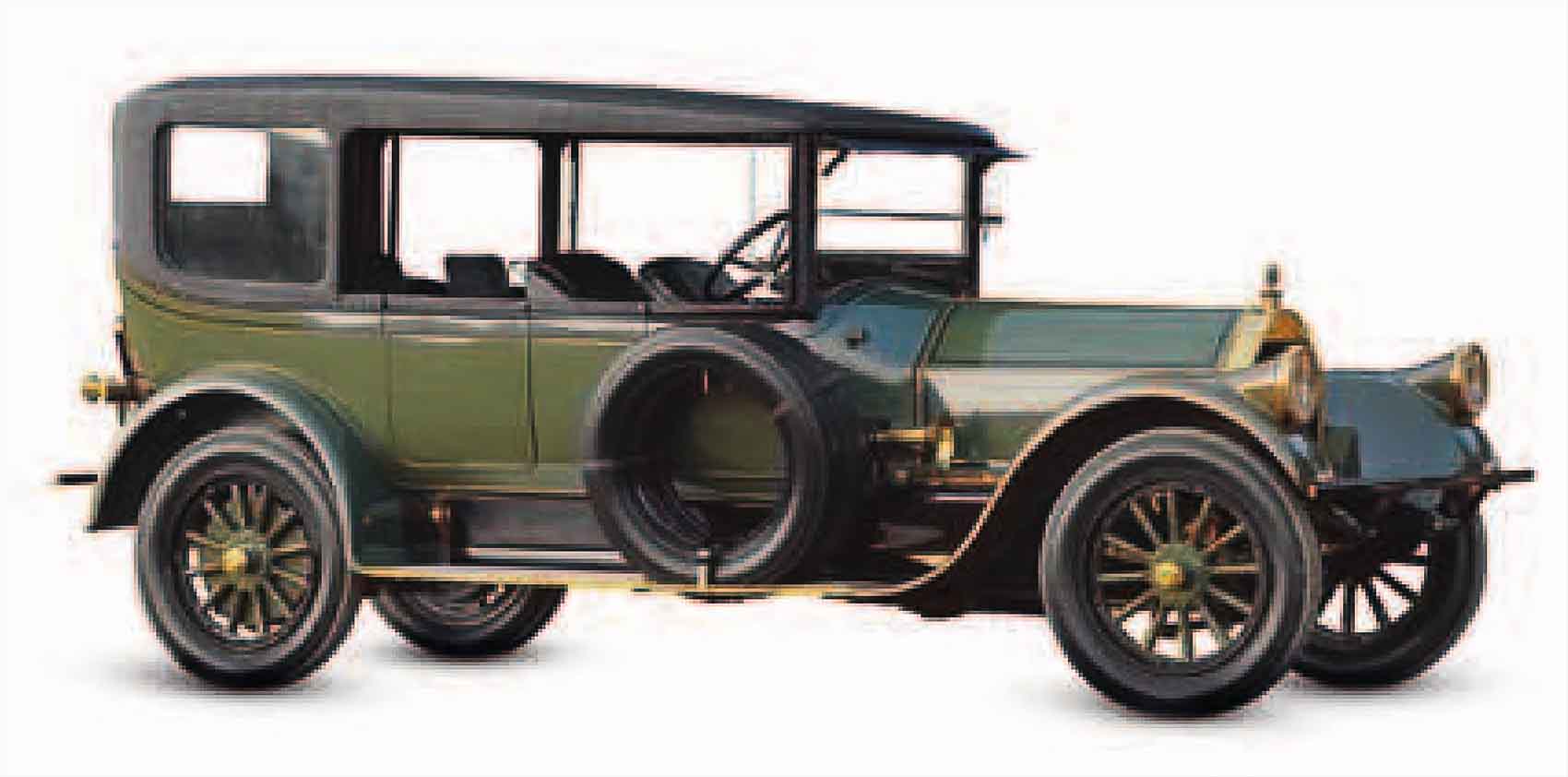
| Origin | USA |
| Engine | 8,587 cc, straight-six |
| Top speed | 75 mph (121 km/h) |
This huge and powerful car had a four-valves-per-cylinder engine. President Woodrow Wilson liked his official Model 51 so much that he kept it when he left the White House.
Lincoln L Sedan, 1922
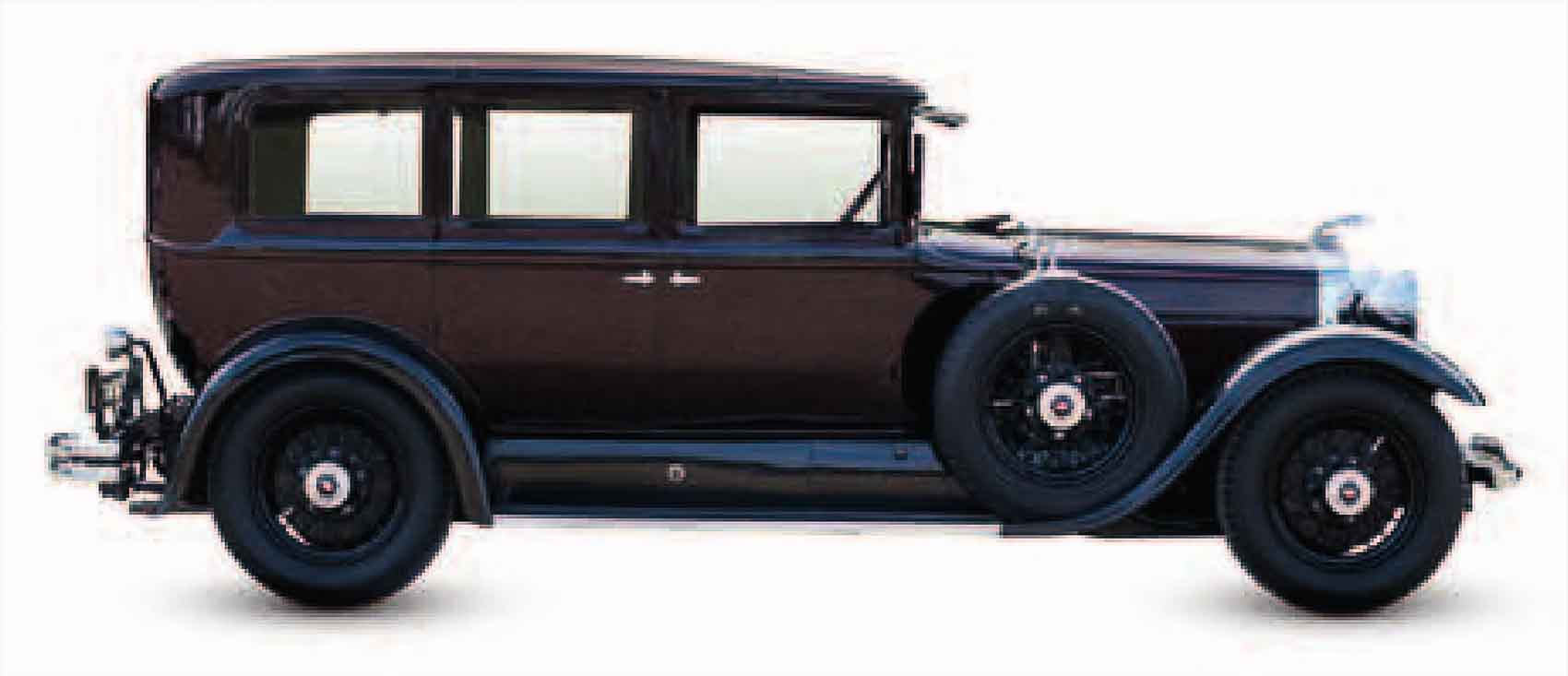
| Origin | USA |
| Engine | 6,306 cc, V8 |
| Top speed | 82 mph (132 km/h) |
Ford rescued Lincoln from bankruptcy in 1922 and produced this magnificent machine. Its luxuries include an electric clock, thermostatic radiator shutters, and a cigar lighter.
Hotchkiss AM 80 Veth Coupé, 1929
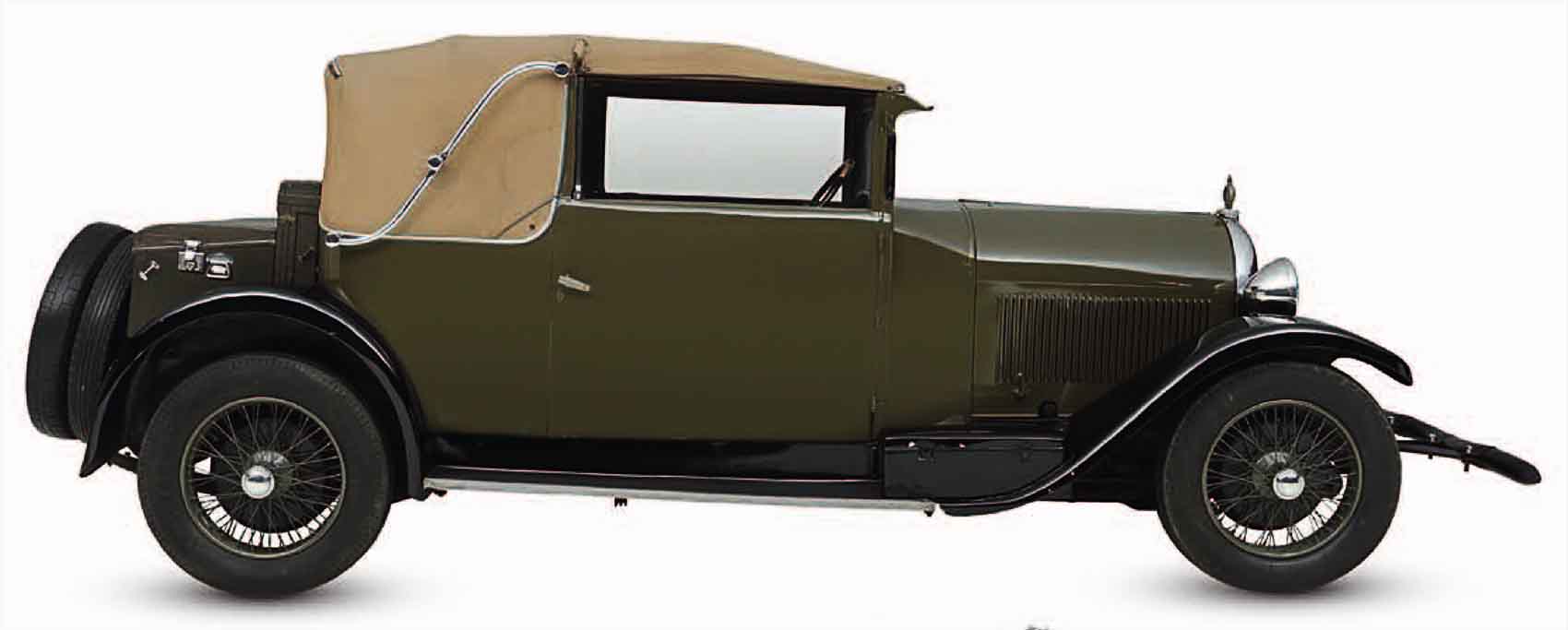
| Origin | France |
| Engine | 3,015 cc, straight-six |
| Top speed | 80 mph (129 km/h) |
Hotchkiss built high-quality sporting cars. This example was bodied in Arnhem, the Netherlands, by Veth. It features a 29-mph (40-km/h) impact-absorbing front bumper by Overman.
Isotta-Fraschini Tipo 8A Van Rijswijk Dual-cowl Phaeton, 1924
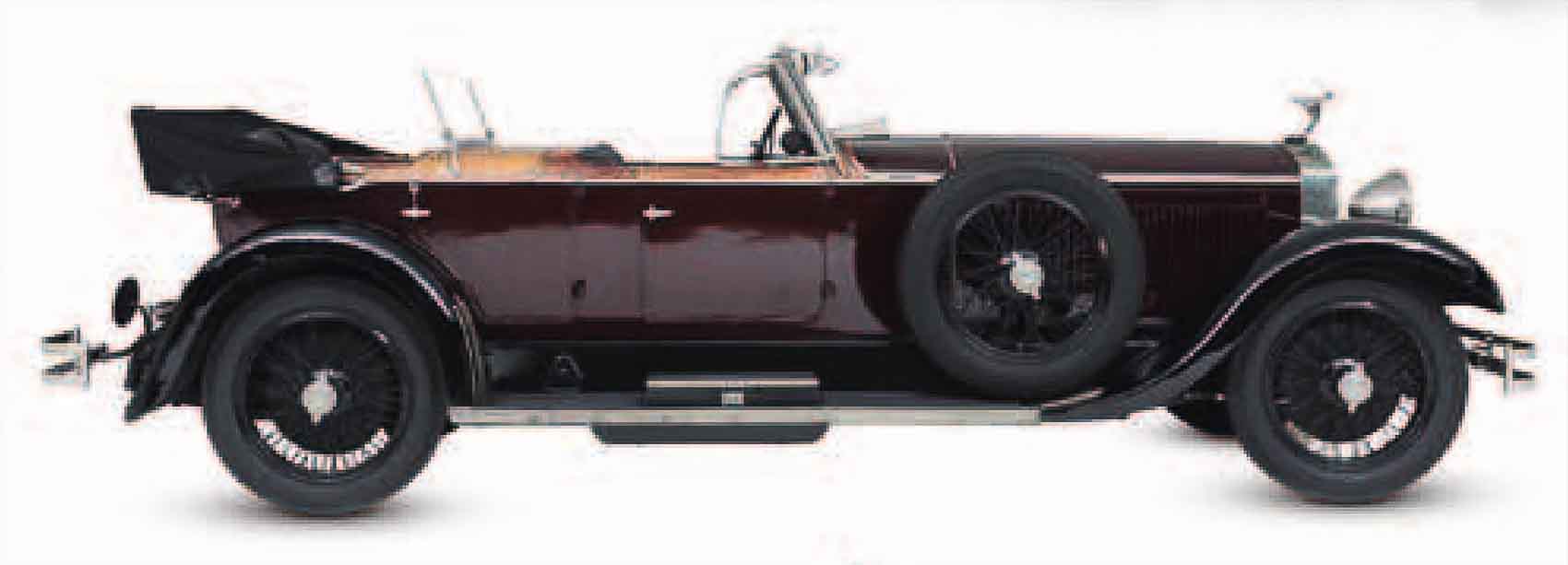
| Origin | Italy |
| Engine | 7,372 cc, straight-eight |
| Top speed | 90 mph (145 km/h) |
Italy’s top car of the 1920s attracted some magnificent coachbuilt bodies, including this model from the Netherlands. Its 120 bhp engine was designed by Giustino Cattaneo
Lagonda 3-liter, 1929
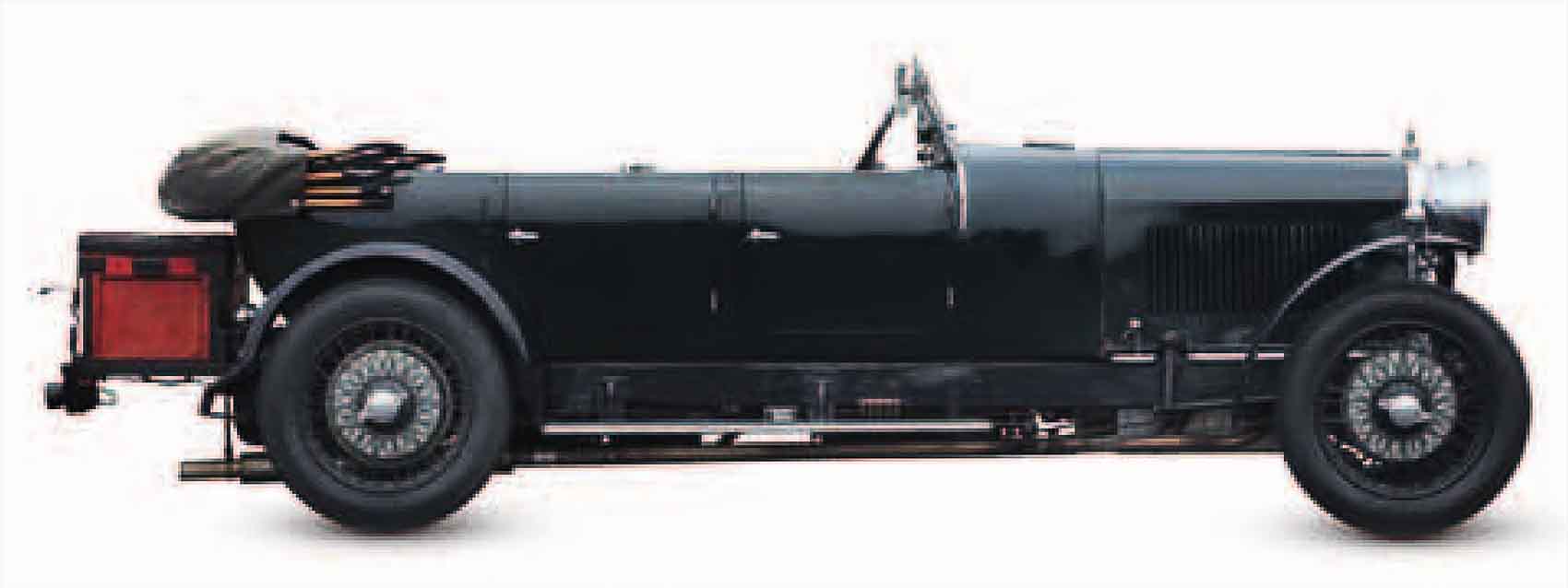
| Origin | UK |
| Engine | 2,931 cc, straight-six |
| Top speed | 83 mph (134 km/h) |
Lagonda produced sporting cars with seven-bearing engines that made them smooth-running and long-lasting. Some had sporting coachwork, other were sedans or limousines.
Rolls-Royce 20HP, 1922
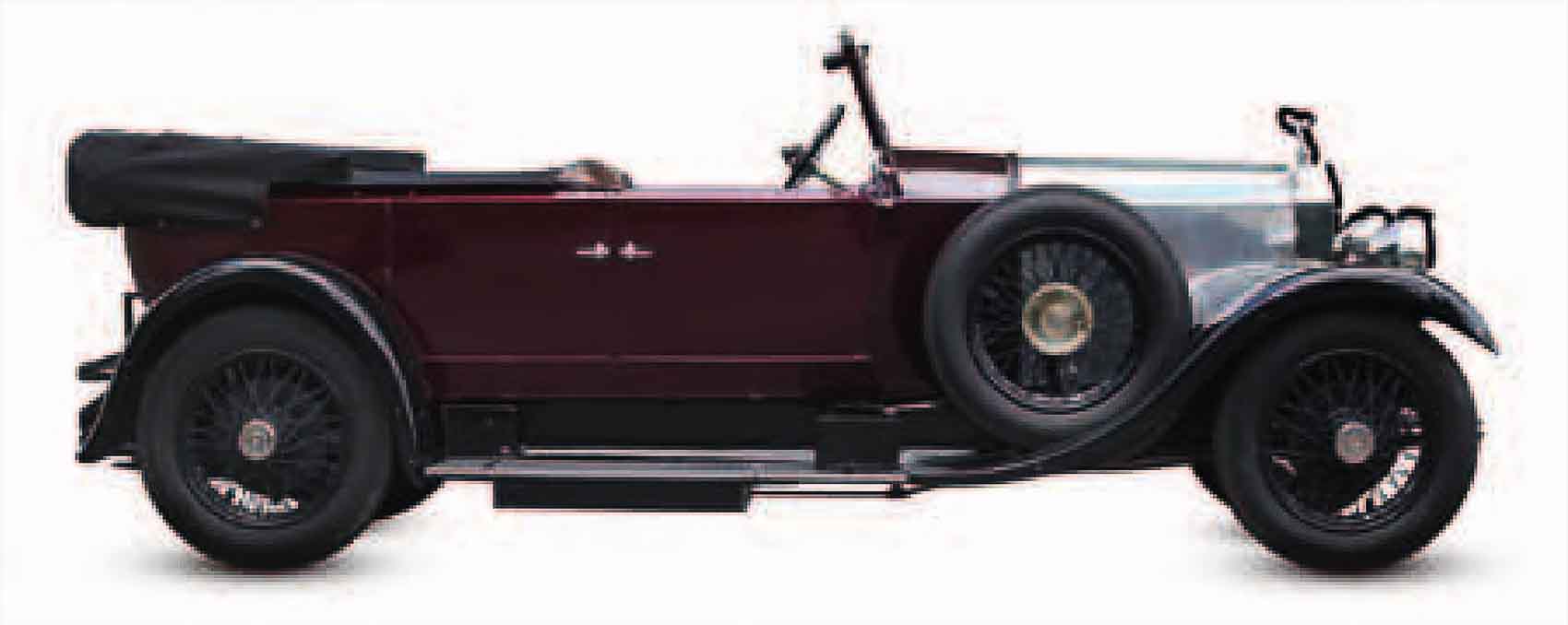
| Origin | UK |
| Engine | 3,128 cc, straight-six |
| Top speed | 65 mph (105 km/h) |
Underpowered compared with the effortlessly potent larger Rolls-Royces, the 20hp was a response to post-war austerity. It sold well, despite its limitations.
Stutz Model K, 1921
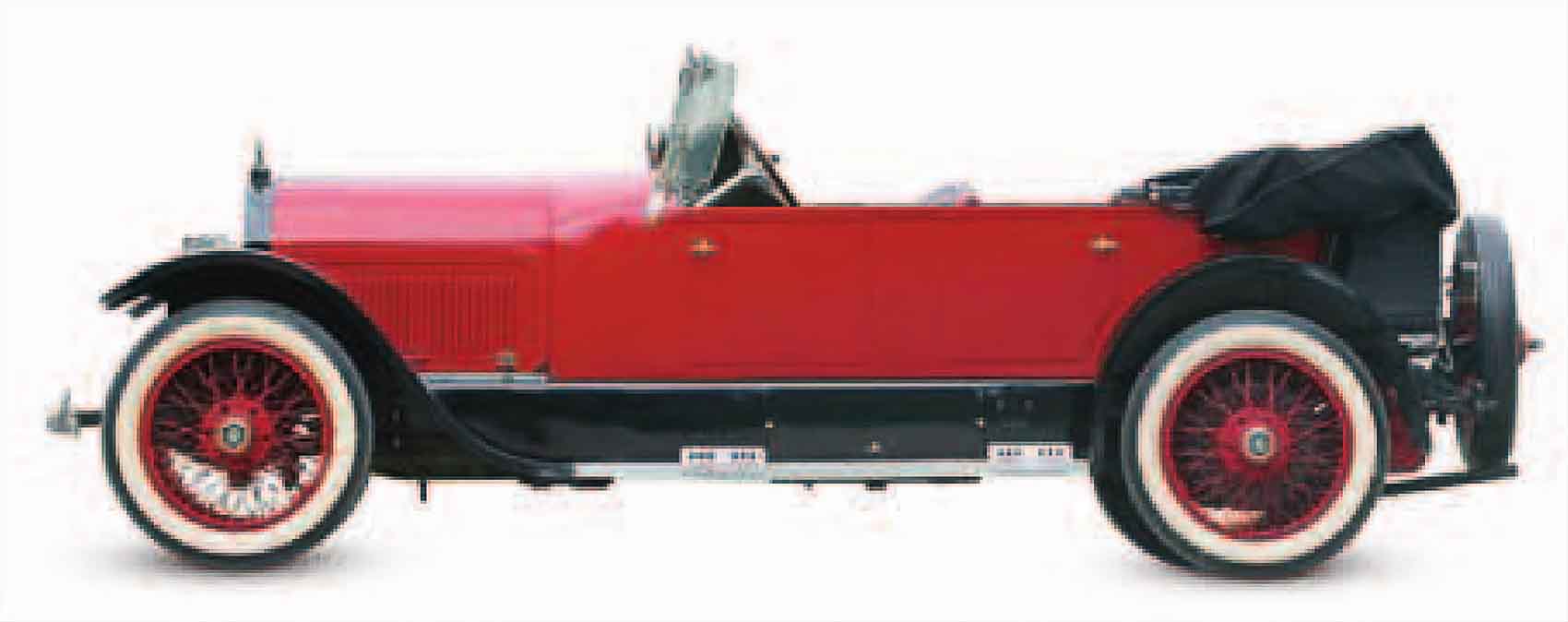
| Origin | USA |
| Engine | 5,899 cc, straight-four |
| Top speed | 75 mph (120 km/h) |
Alongside its highly successful Bearcat sports cars, Stutz built attractive touring cars with the same engines. From 1921 these had a detachable cylinder head.
Renault 40CV, 1921
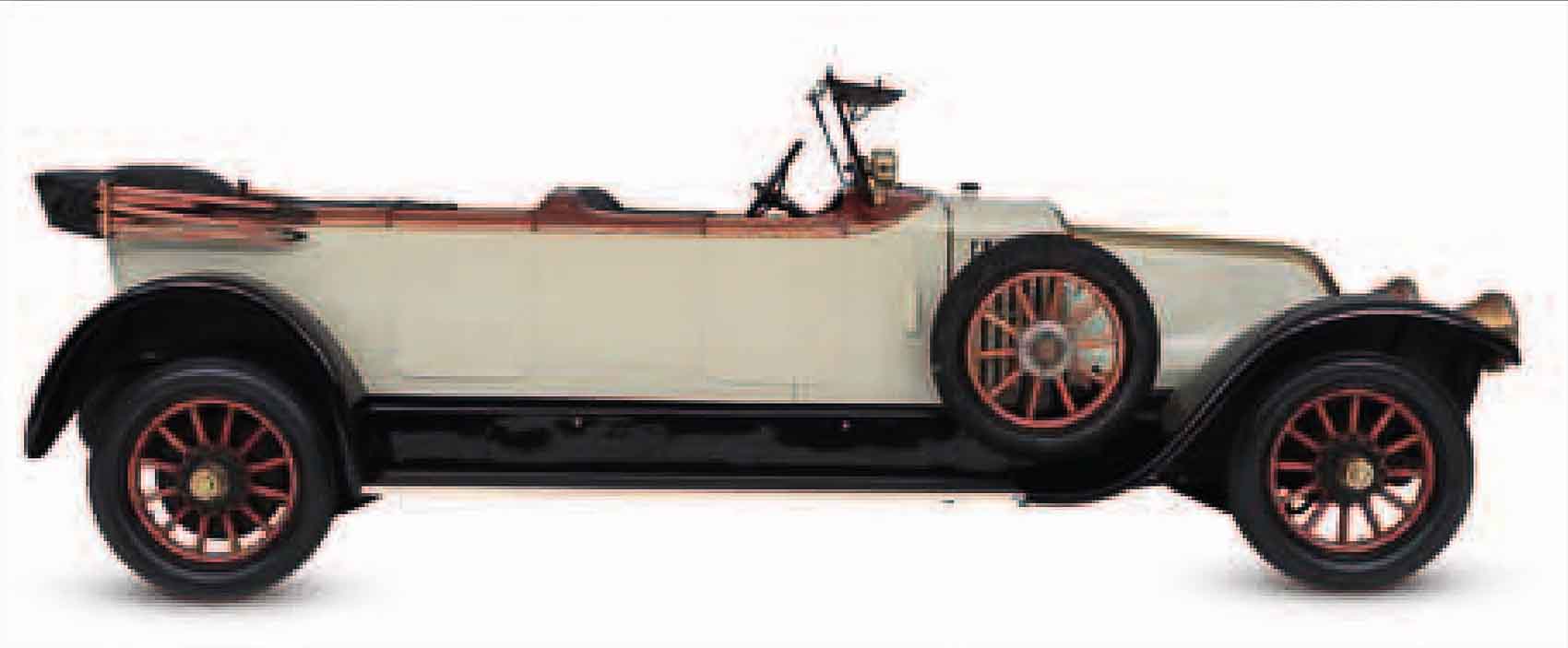
| Origin | France |
| Engine | 9,123 cc, straight-six |
| Top speed | 90mph (145 km/h) |
Renault’s biggest luxury car of the 1920s had six cylinders, wooden wheels, and wheelbases of just over 12 ft (3.6 m) or 13 ft (3.9 m). A 40CV won the Monte Carlo Rally in 1925.
Horch Type 350, 1928
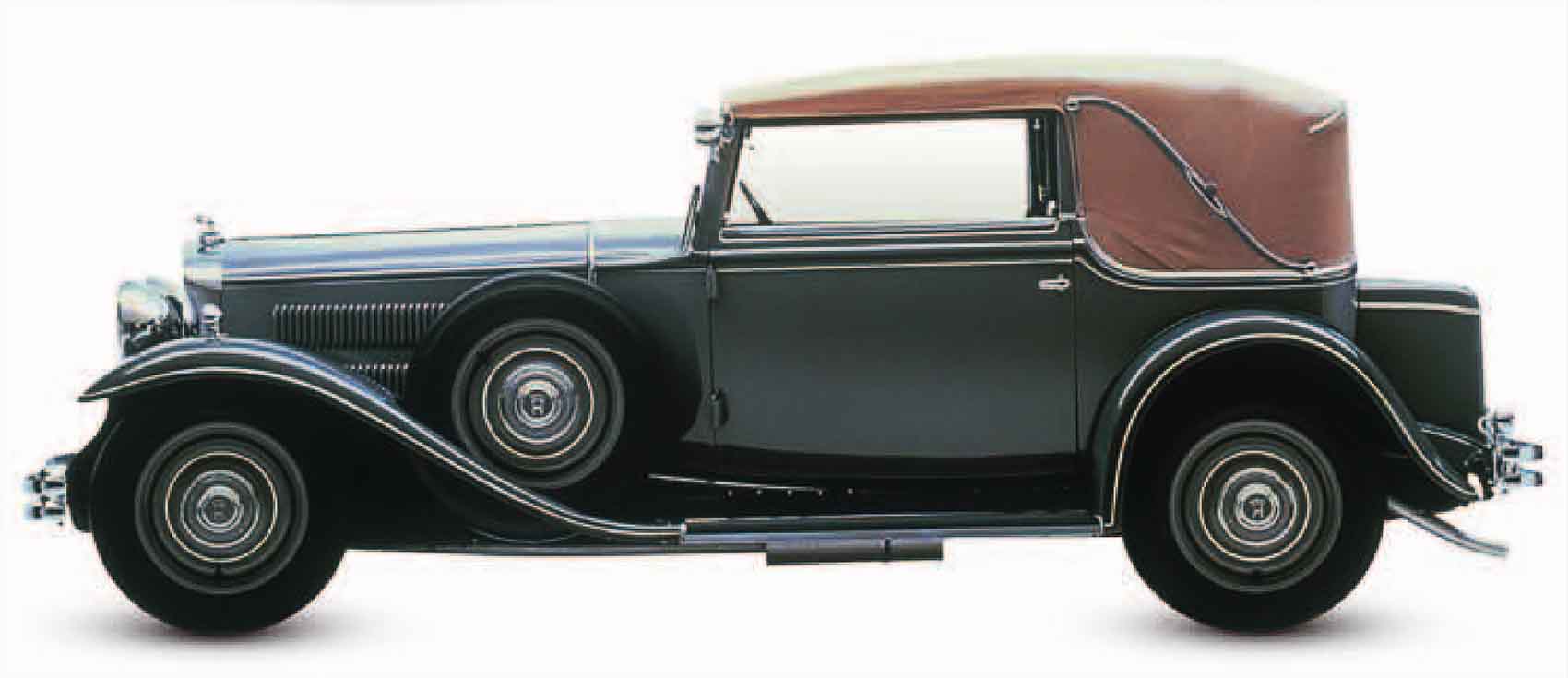
| Origin | Germany |
| Engine | 3,950 cc, straight-eight |
| Top speed | 62 mph (100 km/h) |
Horch was Germany’s main rival to Mercedes-Benz in the luxury car market. Paul Daimler, son of Gottlieb Daimler, was employed to design this car’s double-overhead-camshaft engine.
Minerva 32HP AK Landaulette, 1927
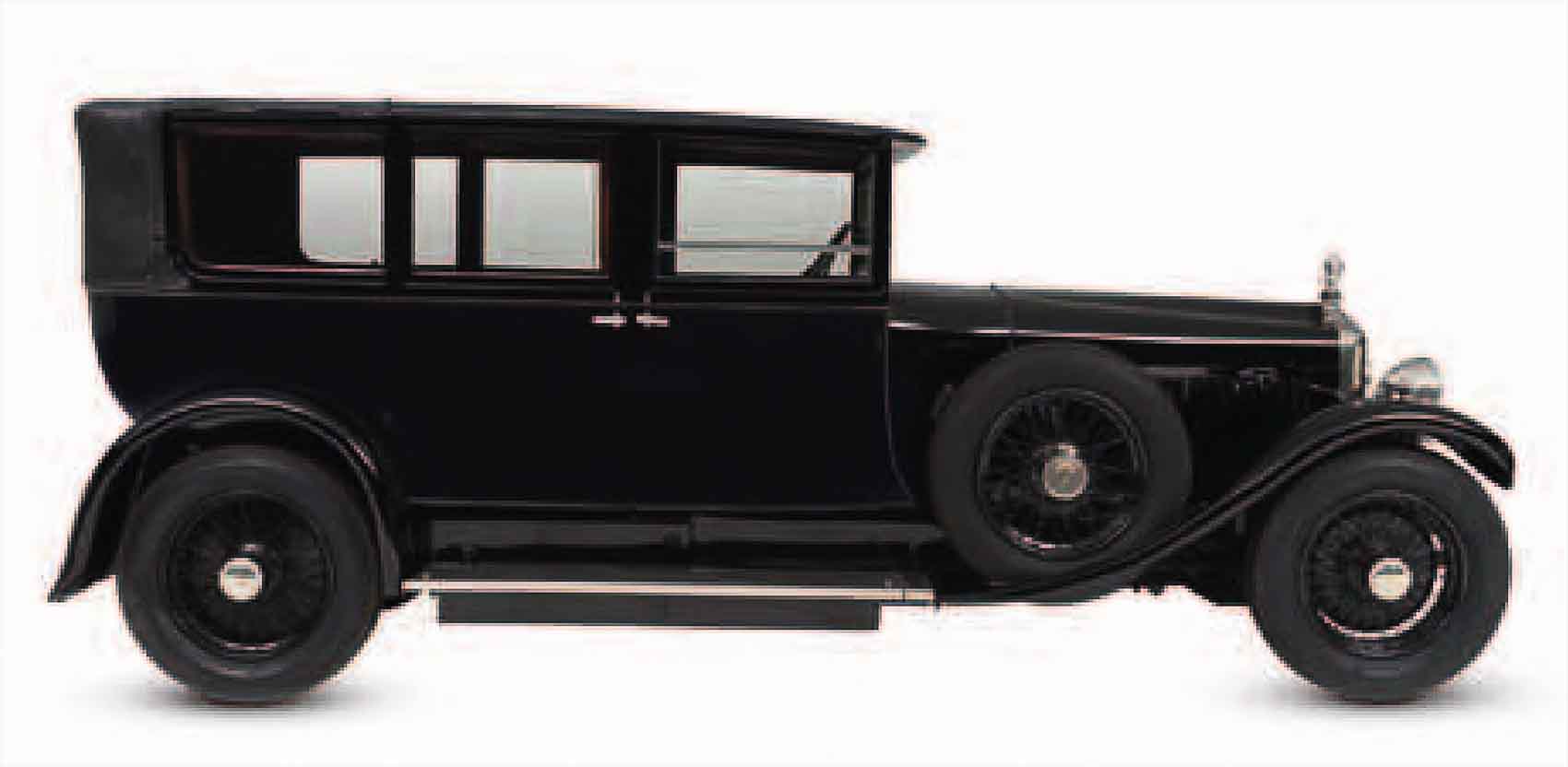
| Origin | Belgium |
| Engine | 5,954 cc, straight-six |
| Top speed | 70 mph (113 km/h) |
Belgium’s premier car manufacturer made highly refined cars in the 1920s with Knight sleeve-valve engines. They attracted formal coachwork and multiple royal patrons.
Packard 443 Custom Eight, 1928
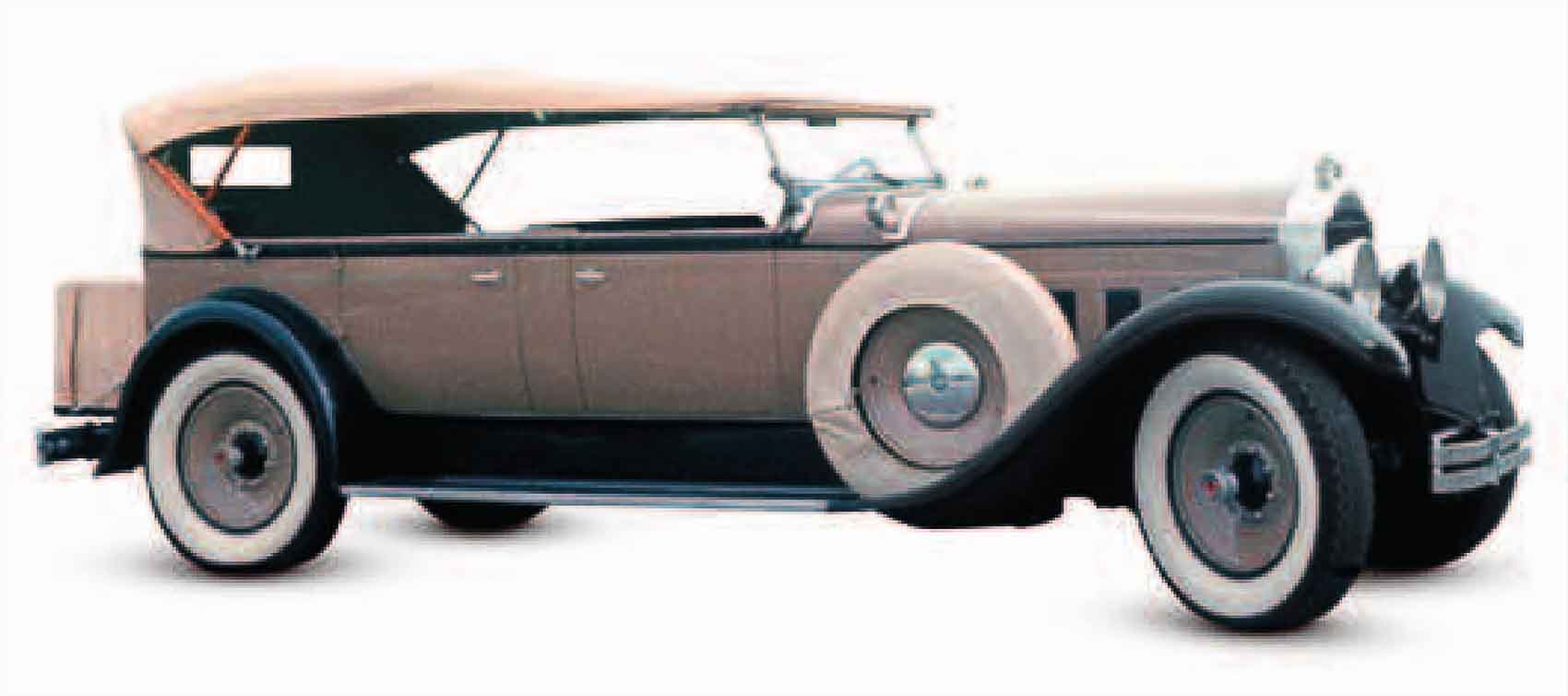
| Origin | USA |
| Engine | 6,318 cc, straight-eight |
| Top speed | 85 mph (137 km/h) |
One of the leading U.S. luxury marques of the 1920s, Packard built lavish cars on impressively long chassis-in this case with a wheelbase almost 12 ft (3.6 m) long.
Bugatti Type 41 Royale, 1927
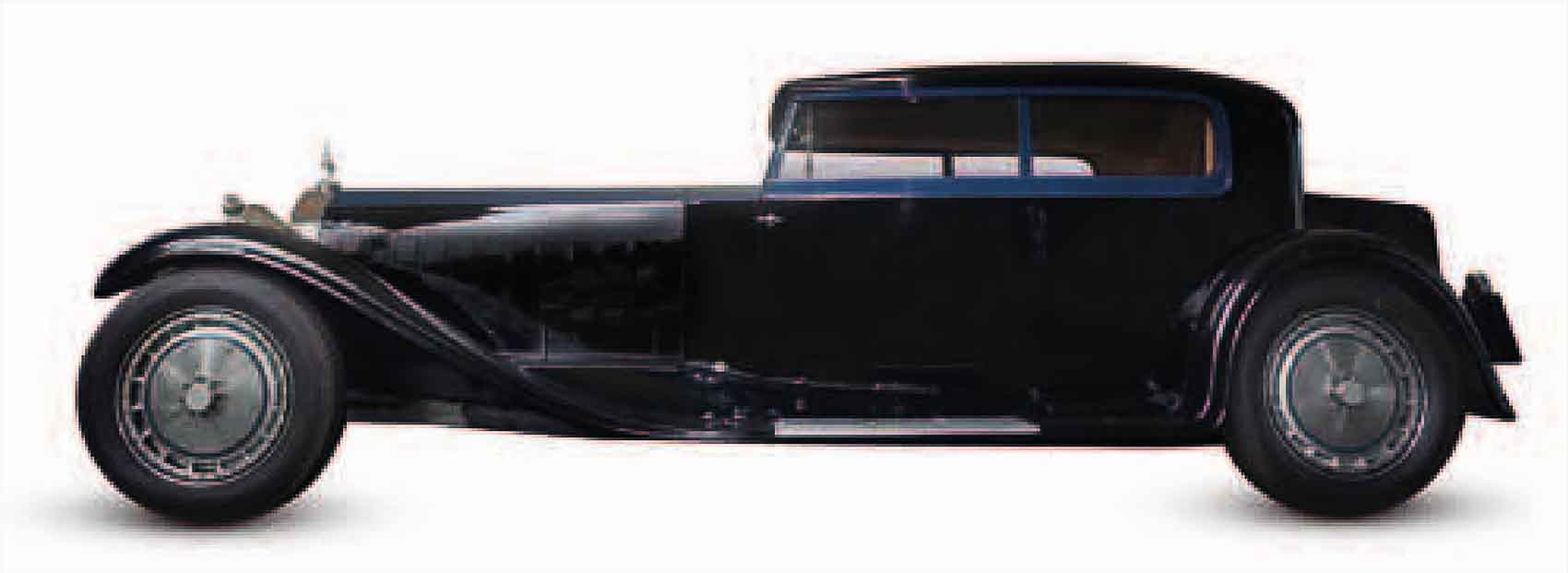
| Origin | France |
| Engine | 12,760 cc, straight-eight |
| Top speed | 120 mph (193 km/h) |
With 24 valves and 300 bhp, the Royale was imposing in the extreme, and aimed at royalty worldwide. However, it was prohibitively expensive; just six were built.
Rolls-Royce Phantom I, 1925
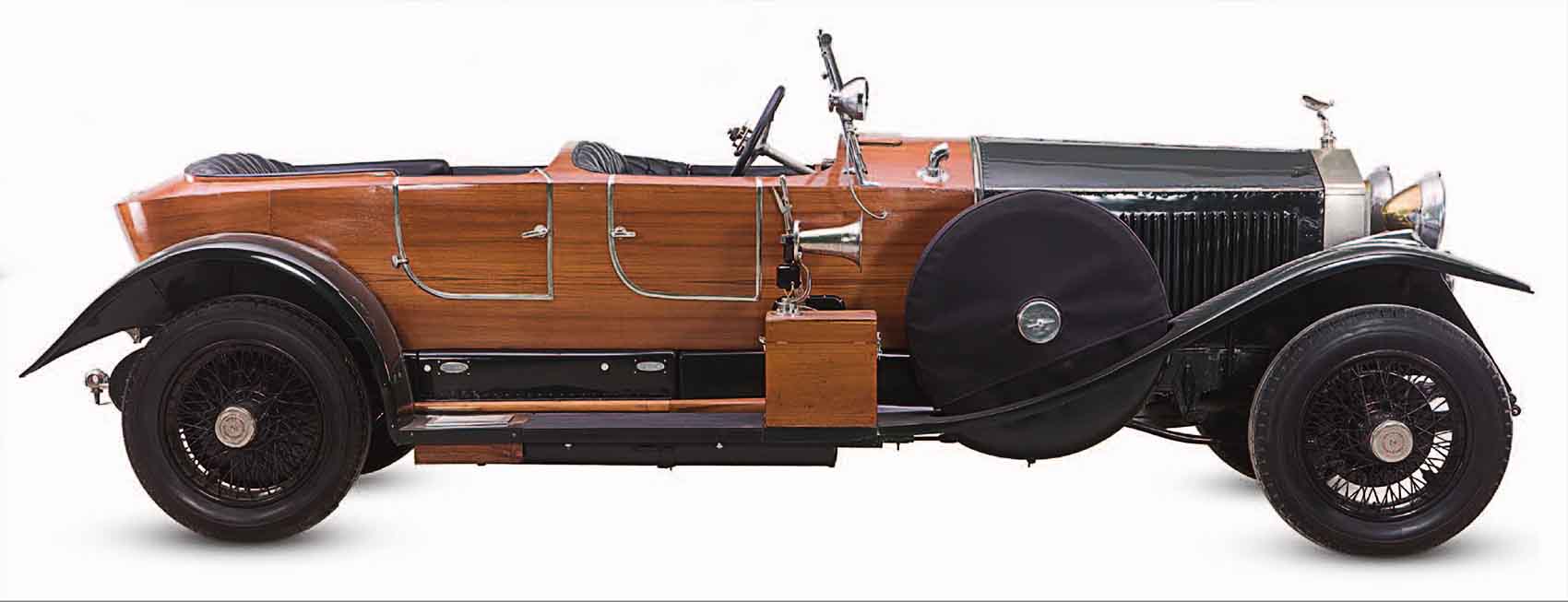
| Origin | UK |
| Engine | 7,668 cc, straight-six |
| Top speed | 90 mph (145 km/h) |
The refined Phantom I, here shown as a sports model, lived up to its reputation of being the “best car in the world.” It was often clad in luxurious limousine bodywork.
It is a quote. The Definitive Visual History Of The Automobile 2011




